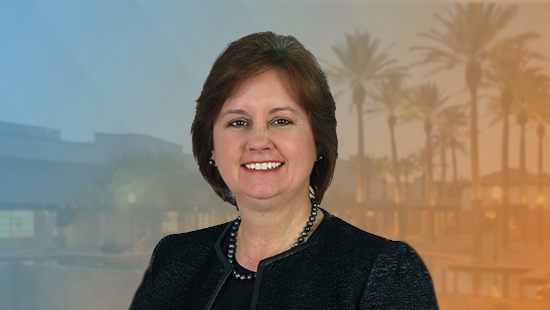Word of mouth and peer reviews have great influence on B2B buying decisions, and marketers are keen to develop programs that engage buyers to provide feedback that will shape their products and services.
With social media, mobile access, and the steady move to subscription-based business models, advocacy has become that much more important.
Demand Gen Report spoke recently with Laura Ramos, VP and Principal Analyst at Forrester Research, to hear her take on the tremendous opportunity she sees for B2B organizations in advocacy marketing. Ramos will also address the topic in her session, “Advocacy: Your New Source Of Impactful And Authentic Content” at our Content2Conversion Conference in Scottsdale, AZ this month.
DGR: What is the biggest opportunity for organizations that employ advocate marketing?
Ramos: Advocate marketing is something you need to invest in, particularly in the digital age. Prospects make up their minds independently from marketing and sales until they’re much further along in the buying process. Buyers have more power when they have smartphones and tablets and information at their fingertips. They really want to speak with peers, not salespeople.
Peers rank number one in terms of what influences people in the early stage. Advocate marketing enables marketers to give buyers what they’re looking for, and social media can extend the reach of that effort.
The [marketer is] getting reach amplified much more efficiently than any kind of campaign or advertising. [Advocate] marketing helps expand your reach, increase the depth of interaction and ultimately convert.
It’s the payoff of the idea that marketing’s job is to create the brand and the brand promise. Turn customers into advocates to put that good will to work. It’s huge and no one’s really tapped into it yet.
DGR: What are the challenges to implementing advocate marketing?
Ramos: B2B marketers are big users and big fans of customer advisory boards and reference programs. In both of those, you have to get customers to do that for you.
Rather than reward customers, you have to switch that thinking around to create an opportunity for them to benefit in some way. You need to switch from, ‘What’s in it for us?’ to ‘What’s in it for them?’
You [also] have to invest in it upfront in order to reap the payoff. But when you invest upfront, the payoffs are proportionately better, larger and more effective than other types of marketing programs. When you treat it strategically, when you plan it out and don’t just create siloed programs, the benefit for your company will pay off over time.
The nature of the program is not ‘gimme gimme gimme.’ It’s ‘give give give’ to get.
DGR: What would you say is the main goal of an advocate program?
Ramos: The goal is life-long customer relationships, even when they go to another company. It’s share of wallet, loyalty and lifetime value. Beyond that, when you have the advocates, you can expand your reach at lower cost versus using traditional marketing methods in both digital and physical channels.
DGR: You mentioned the ROI of advocate programs is better. Can you expand on that?
Ramos: The ROI is consistently higher than most other marketing programs. You can also get from conception to benefit and show that you have an impact on that in a shorter period of time. Marketing program impact can often take several quarters.
With advocacy, it can take time to set up, but if you need a reference, if you need a customer to do something for you, that’s where the timeline becomes much shorter if you’ve done the work upfront to establish the program.
It’s about creating a relationship. It’s like dating. You can’t just say, ‘Hey, want to get married?’ You have to work your way up to it.
DGR: Do companies need technology to get advocate programs off the ground?
Ramos: You don’t need the technology in order to get started. Whatever you are trying to do, whether it is advocacy, referral, loyalty, you need to think through what’s in it for the customers. It’s always better to start small and bring the technology in later to scale it. When the small works, look for the technology to scale.







